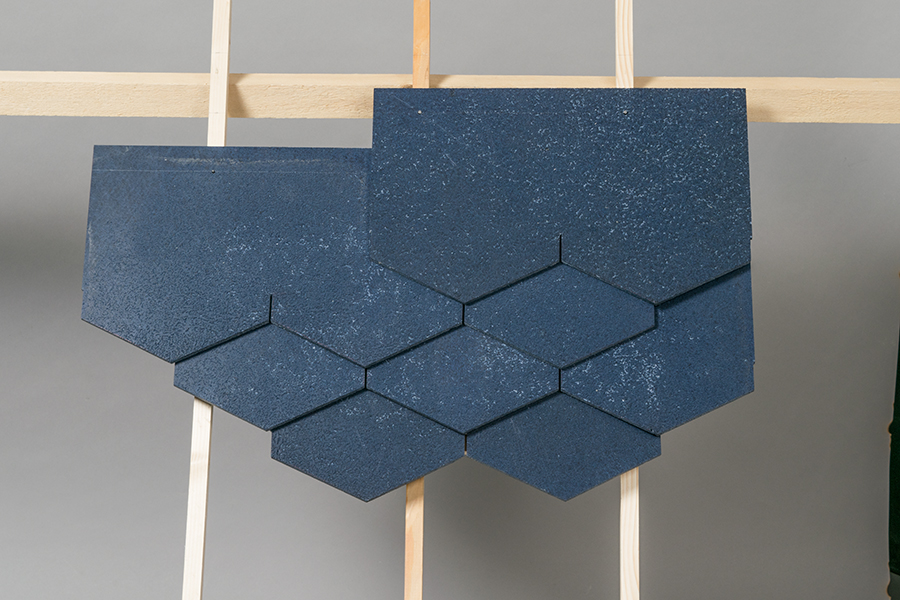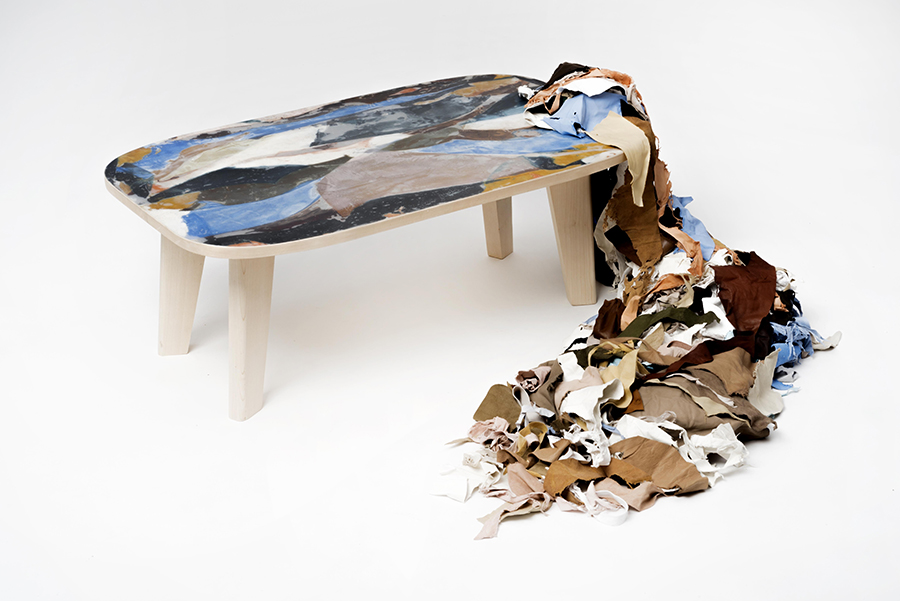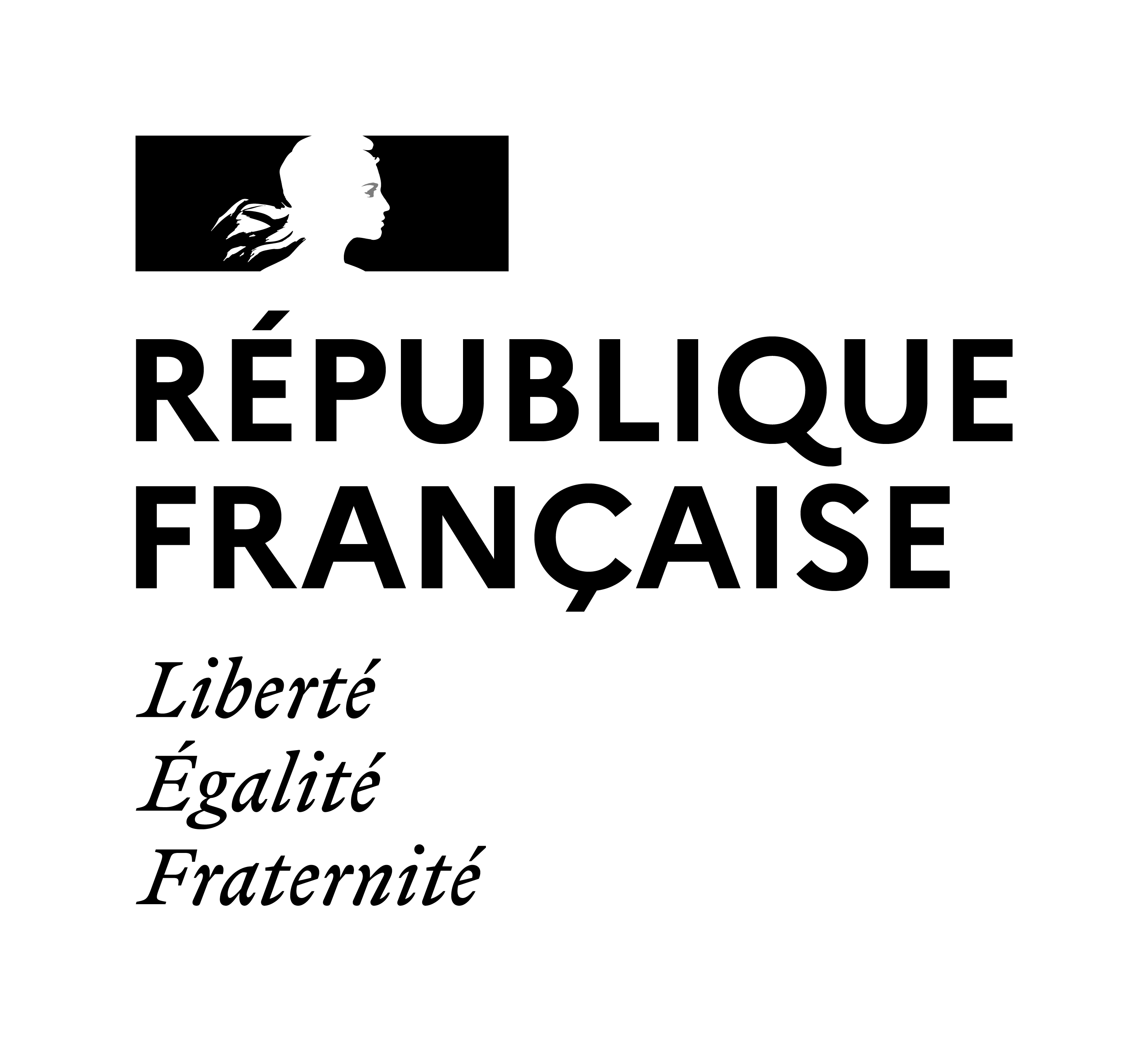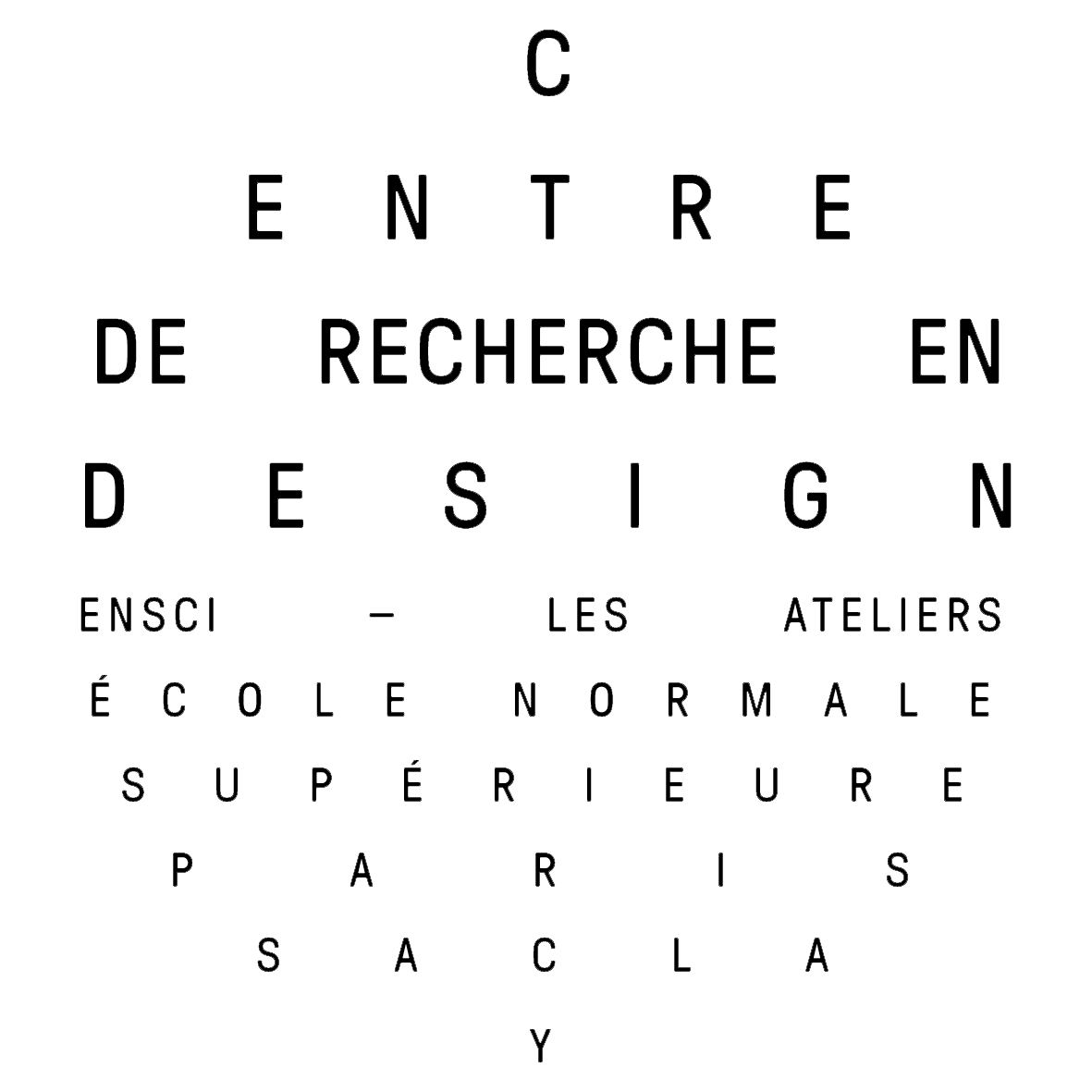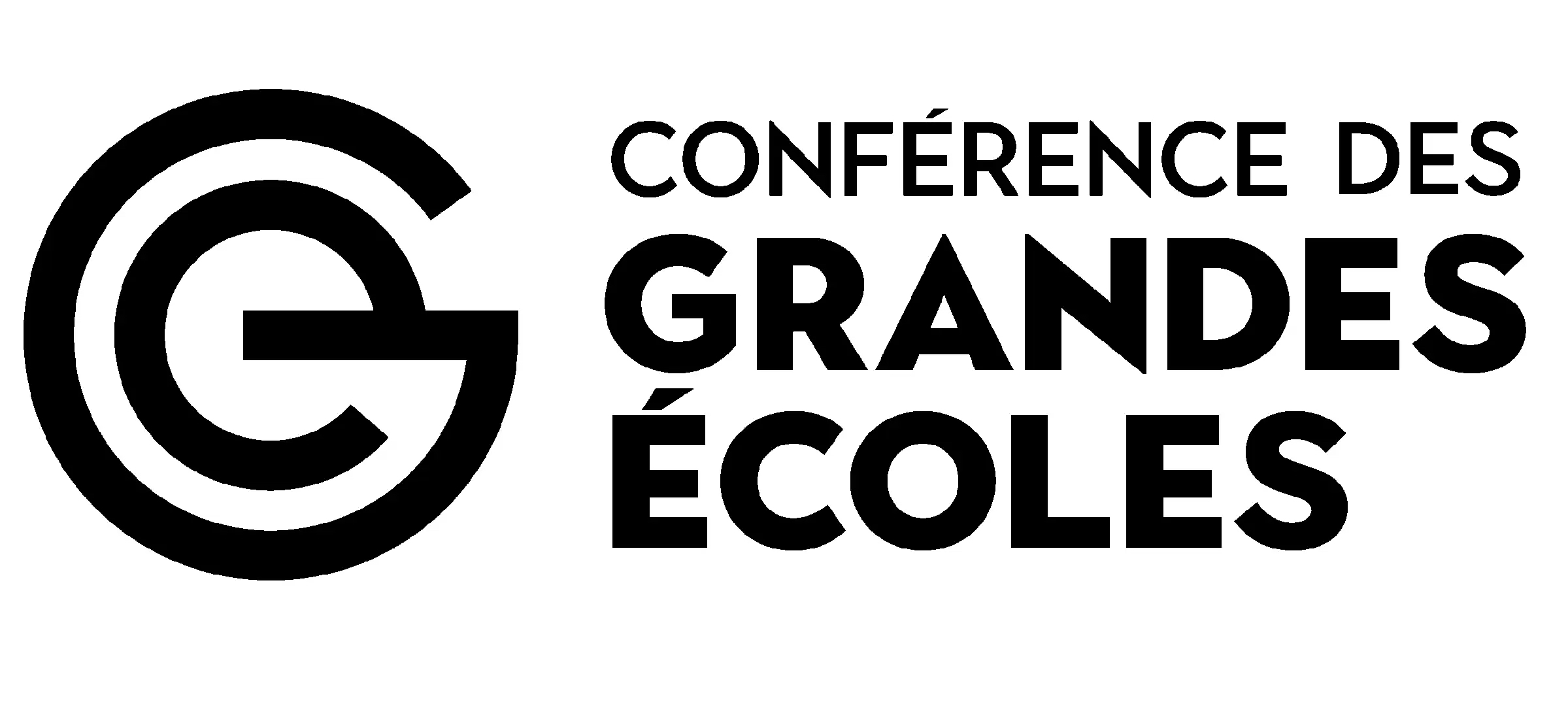THE THOUGHT SHAPING WORKSHOP
Project Leader: Stéphane Villard
Assistant Designer: Patrick de Glo de Besses
Workshop Coordinator: Camille Jacoupy
POSITIONING
What shapes and patterns are out there to inform and articulate our thinking?
Whether a project involves creating an object, a service, a space or an interface, it always begins with an idea before it can result in a final product. That idea may be a concept or be defined by constraints or intentions that can be expressed in different ways through a plan, a draft, a symbol, a sketch, an image, a metaphor, a photograph, a diagram or an indefinable workaround.
These representations are intermediate objects that bridge the gap between the original thought and what will ultimately take form and be produced. Regardless of their stage of development, the forms taken by these representations can be considered as design objects in their own right, meaning that they can be explored, designed and invented, and possess an individual aesthetic and function.
In today’s world, design is expected to think about an extremely broad spectrum of issues (health, transport, food, housing, work, etc.) and address complex challenges (social, technological, scientific, environmental, economic or ethical). But as much as design explores and invents new things, its propositions must at least address complex problems, and at best solve them.
Coming up with an idea begins with a concept or a representation of things. So it is important to think about how we think, improve our thought processes and invent new ones in order to:
structure our thoughts
understand the environment in which we operate
explore a three-dimensional visual signature of our own
formulate ideas in new ways
innovate
communicate
Our ability to think about the world around us depends heavily on our ability to represent it. The way we represent things governs our ability to conceptualise them in new ways and, ultimately, to act on them.
The challenges around representation are now very significant, whether in terms of understanding complex systems, modelling problems or organising data and information, and are directly reflected in the way strategies are expressed and communicated, in the way interfaces are constructed, or in service design plans.
So the ‘Thought Shaping’ workshop goes beyond the need to handle projects, because it enables continuous exploration of the issues around representing ideas and the shapes taken by our thoughts in order to articulate the way we think about design. Each project will be an opportunity to explore this concept through individual and group experimentation around the broad issues of information design, from graphic representation to art installation.
TOPICS COVERED
ENSCI space design; Waste sorting and recycling in partnership with the City of Paris; Mobilier National; Target markets; User reception experience in partnership with BNF; Innovative showcase; Designing tomorrow's mediation tools in partnership with BNF; Ex-position; Digital theory
SYNTHÉTIQUE AU MINÉRAL
projet d'atelier de Léopold Korzybski
—See
CARNÈLE
—See

